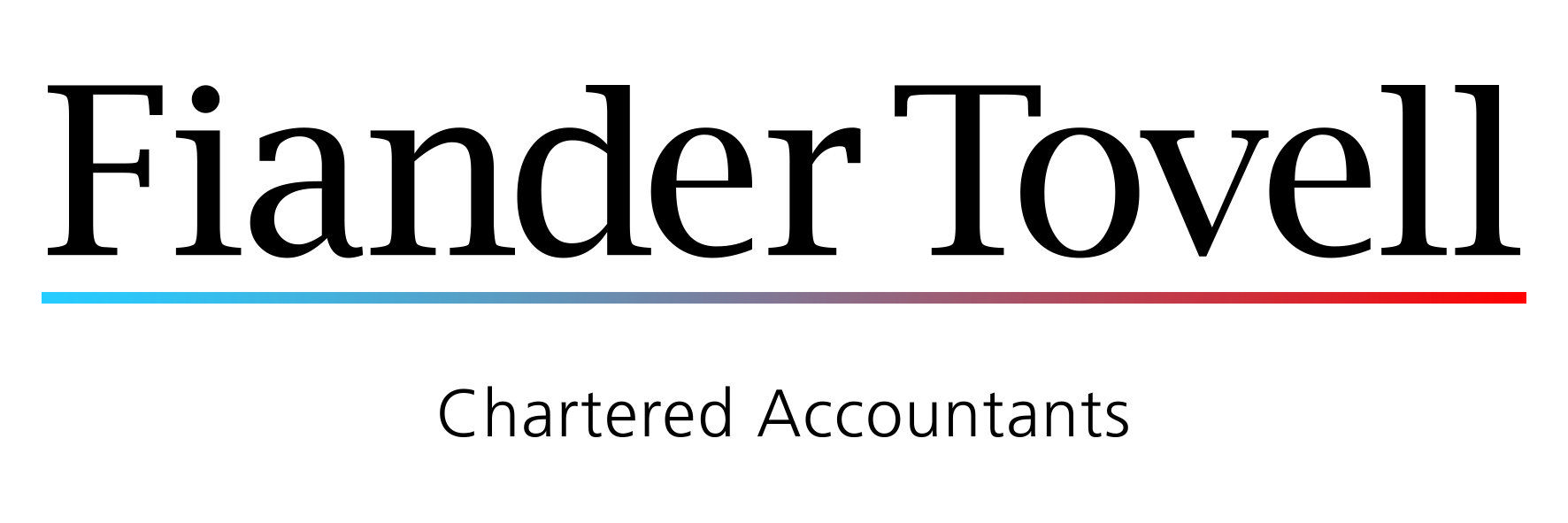Are you ready for the changes to corporation tax and capital allowances? Next week as we reach the end of the tax year, there will be several changes to the taxes and allowances applied to businesses.
Corporation tax
On 1st April 2023, the main rate of corporation tax will increase to 25% for companies with profits over £250,000. The current 19% main rate will instead become a small profits rate, for companies with profits of £50,000 or less. Companies with profits starting at £50,001 and up to £250,000 will pay tax at a marginal relief. The result of this will be a gradual increase in the effective corporation tax rate from 19% to 25%, as a company’s profits increase.
If your company has an associated company, the new corporation tax rate thresholds will be divided by the number of associated companies. For example, if your company is associated with 3 other companies, then there are 4 associated companies, so the upper threshold will be reduced from £250,000 to £62,500. Alongside this, the lower threshold will be reduced from £50,000 to £12,500.
By HMRC’s definition, a company is an associated company of another, if one of the two has control of the other, or both are under the control of the same person or persons.
This catches more companies than the old rules, which only looked at companies which were members of a 51% group.
Capital Allowances
Hopefully you’re aware that the super-deduction regime is set to end this week, on 31st March 2023. However, from the following day, the government is introducing Full Expensing, a new 100 % First Year Allowance (FYA). Full Expensing is effective for purchases on or after 1st April 2023, until 31st March 2026, this will enable companies to deduct the cost of qualifying plant and machinery from profits in the first year of purchasing, with no expenditure limit. The policy includes most plant and machinery (excluding cars), providing that it is unused and not second-hand, such as:
- machines such as computers, printers, lathes and planers
- office equipment such as desks and chairs
- vehicles such as vans, lorries and tractors (but not cars)
- warehousing equipment such as forklift trucks, pallet trucks, shelving and stackers
- tools such as ladders and drills
- construction equipment such as excavators, compactors, and bulldozers
- some fixtures such as kitchen and bathroom fittings and fire alarm systems in non-residential property.
The sting in the tail is that you are taxed on the full disposal proceeds when you sell an asset, rather than deducting them from your pool of future capital allowances. This incidentally means that you need to keep careful track of assets that you have claimed the 100% FYA on.
Similarly, the 50% FYA can be used for other plant and machinery, such as long life assets and integral features. This allows companies to claim a deduction from taxable profits that is equal to 50% of their qualifying expenditure in the year that expenditure is incurred. Both Full Expensing and 50% FYA are only available for companies and not for unincorporated businesses.
Annual Investment Allowance
Since the COVID-19 pandemic, the government has introduced a temporary increased annual investment allowance (AIA). This gave 100% write-off on certain types of plant and machinery up to £1 million. The allowance was expected to be reduced to £200,000 from April 2023, but instead the £1 million limit has been made permanent.
Although it’s limited to £1million, the AIA is a more generous relief than the FYA: it’s available to unincorporated businesses, it includes second-hand assets, and the tax impact of disposals is less harsh. Most of the time it will be better to claim AIA where you can, and keep the FYA for expenditure over the £1 million threshold.
If you have any questions about any issues covered in this article, or would like further advice about your finances, please contact us on 023 8033 2733
You can find our full Spring Budget overview here!

